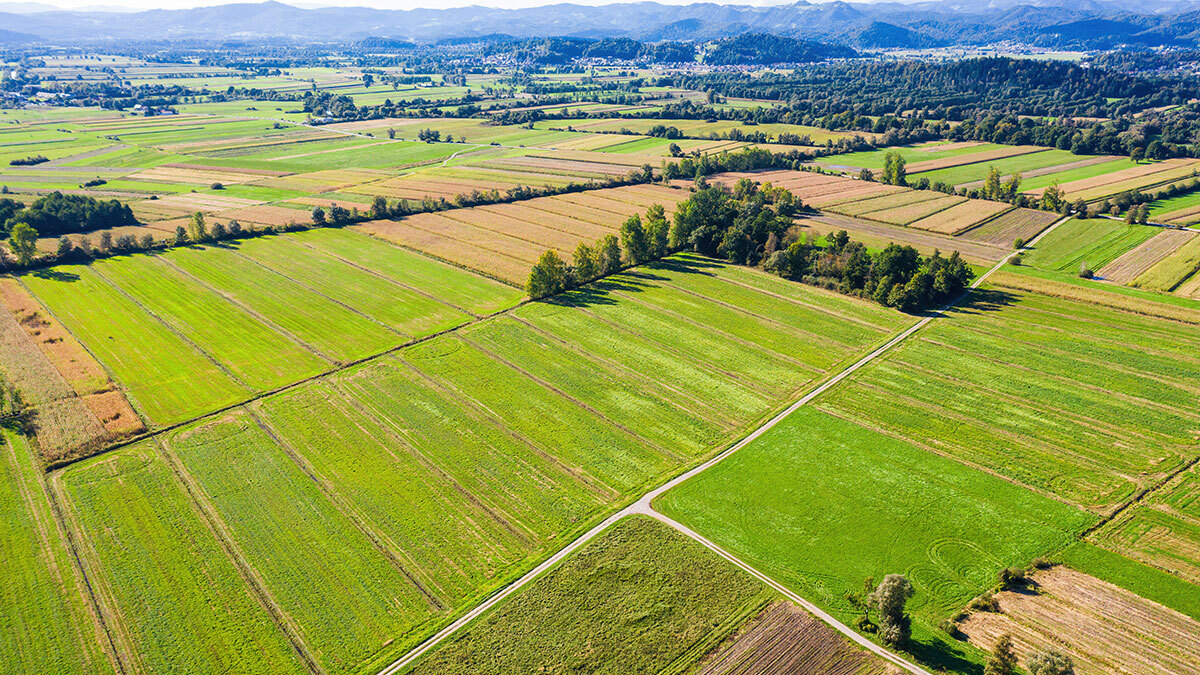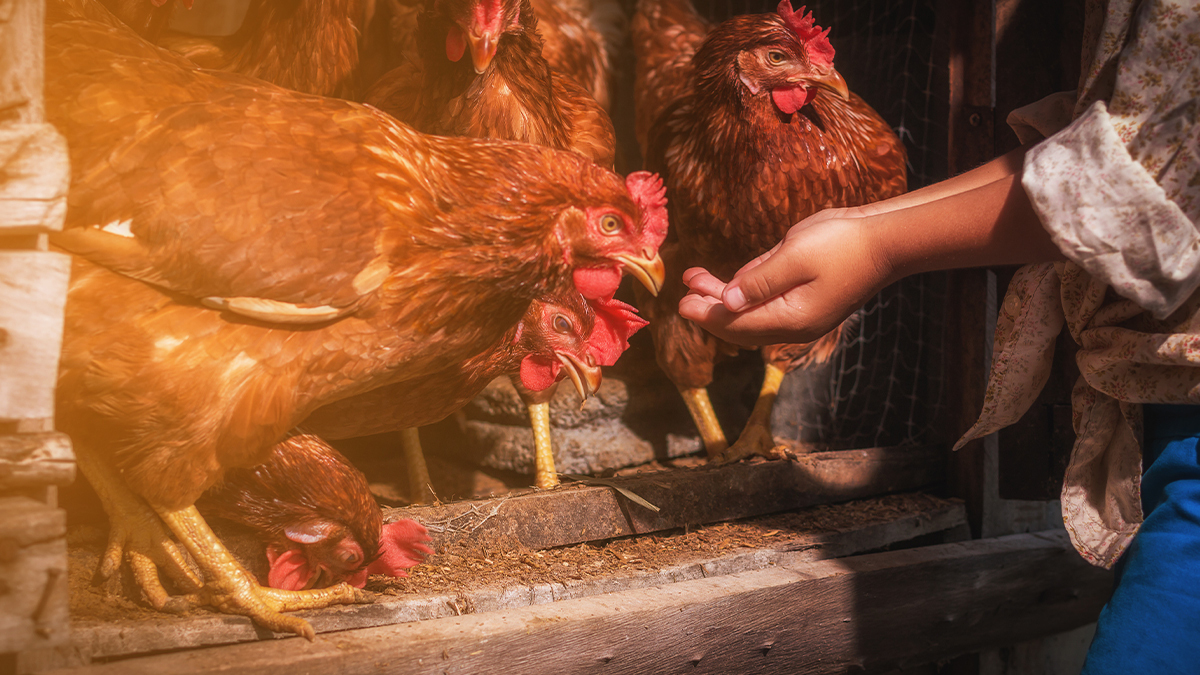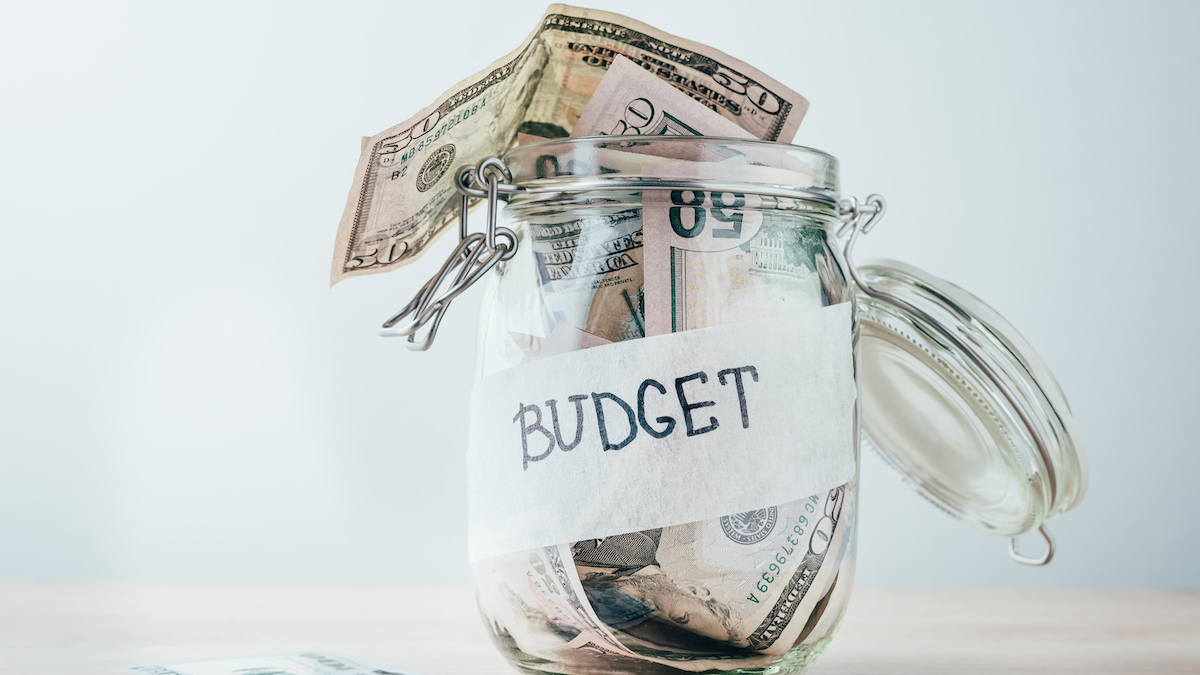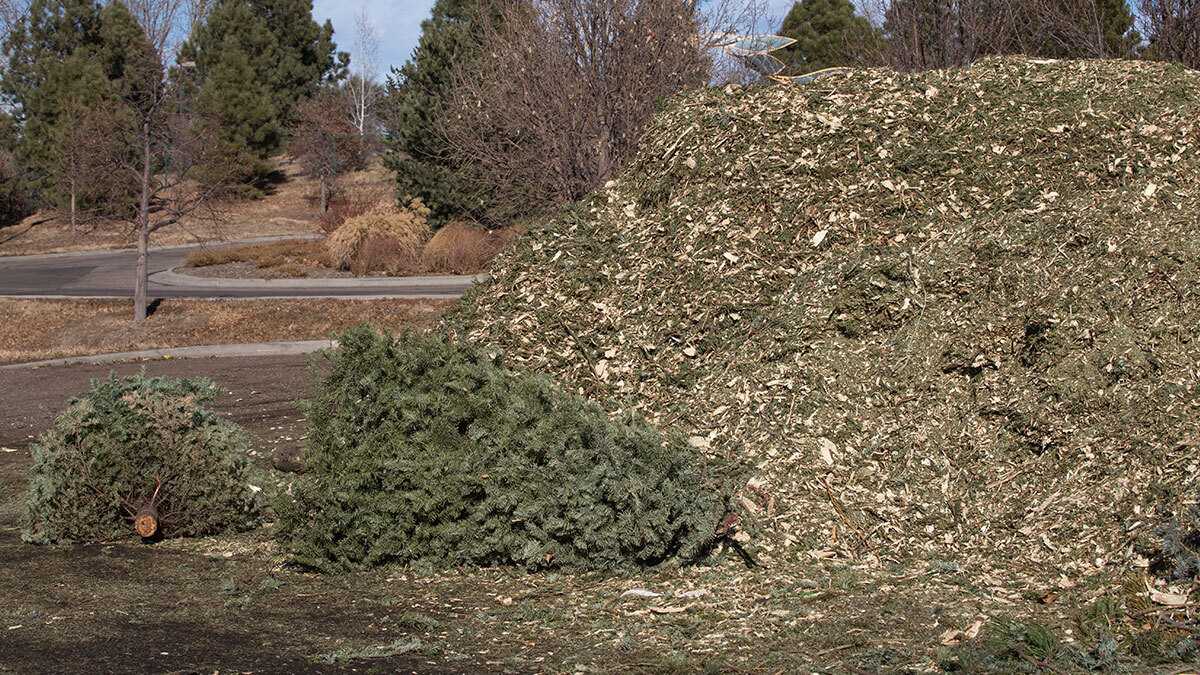on
Many people will tell you that 5 acres is the ideal space required for a homestead.
In reality, there are no set space requirements for homesteading. Homesteads come in all shapes and sizes.
Here’s the thing – homesteading is a lifestyle.
You can be a homesteader no matter how little or how much space you have because homesteading is simply striving for self-sufficiency.
No one wakes up one day and is completely self-sufficient.
They decide they want to be more self-sufficient, and they take steps until they reach complete self-sufficiency.
Most homesteaders will not be completely self-sufficient when they start out – and the primary reason why they won’t be is because of land.
Most Americans don’t even own one acre of property – let alone multiple acres you’d need to be completely self-sufficient.
However, this does not mean that those who are not completely self-sufficient aren’t homesteaders.
If you are taking steps towards self-sufficiency, you are on your homesteading journey.
Take the space required for homesteading out of the equation.
Use the space you have to homestead as best you can.
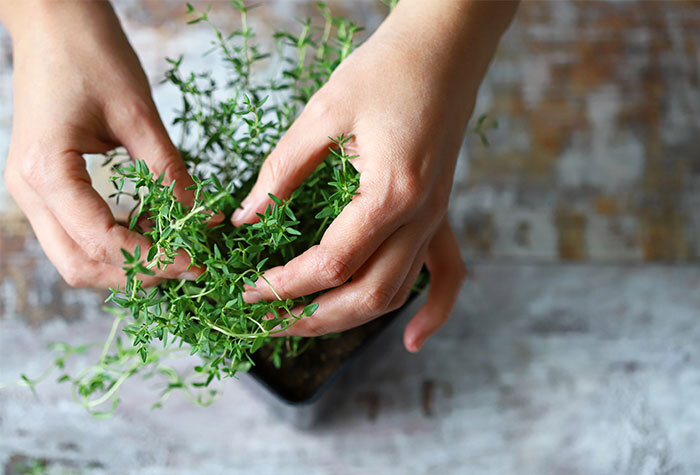
Little to No Space
Many Americans live in urban settings or apartments, giving them little to no extra space.
Even so, you will find many urban homesteaders.
These folks have shifted their mindsets.
They may not have chicken coops or farmland, but they take steps toward self-sufficiency and do what they can with the space they have.
They take the ideas of homesteading and scale them down to size.
- Instead of raising livestock and cattle, raise bees on apartment rooftops.
- Instead of a large year-round greenhouse, invest in a community garden plot.
- Instead of tilling crops, grow herbs on window sills.
- Instead of butchering meat, buy from local farmers and ranchers.
- Instead of having a dedicated backyard space for composting, use a countertop compost bin.
In addition, urban homesteaders can engage in many of the same hobbies and lifestyle choices that lend themselves to self-sufficiency, such as buying secondhand, reusing, upcycling, knitting, sewing, making their own cleaning products, and cooking from scratch.
[Related Read: 15 Ways to Start an Urban Homestead]
Neighborhood or Backyard Homesteaders
There are plenty of homesteaders living in suburban neighborhoods who live as backyard homesteaders.
With just a small bit of land, you can start a garden that produces food for your family.
If your city or neighborhood allows you to keep livestock, you can raise chickens.
With more space, you can move from a countertop compost pile to an outdoor compost pile.
If you get to know your neighbors, you can see if they’d like to join you on your quest towards self-sufficiency by buying a cow together and sharing the meat.
[Related Read: Backyard Homesteading for Suburban and Urban Homeowners]
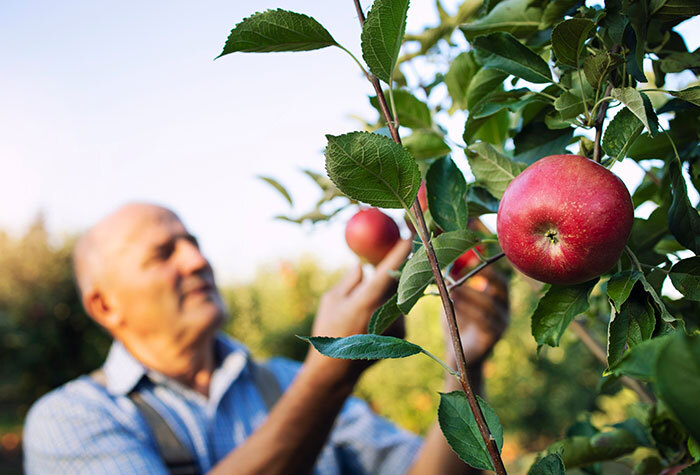
5-Acre Homesteaders
If you have the budget, the skills, and the means to increase the size of your homestead, go for it.
Before you buy a ton of land (10+ acres), start smaller.
According to Homesteaders of America, the number of acres homesteaders own varies.
- 14.3% of homesteaders have 1-3 acres
- 17.4% of homesteaders have 4-6 acres
- 15.1% of homesteaders have 7-10 acres
The highest percentage of homesteaders have 4-6 acres.
With a homestead of approximately 5 acres, you can take the same homesteading practices as backyard homesteaders.
At this point, you can raise chickens, goats, and pigs. You can have both a garden and a greenhouse.
You can have fruit trees and a mini orchard. You can have a water feature, such as a pond.
[Related Read: How to build a “fish farm” pond for your homestead]
10+ Acre Homesteaders
When people think of completely self-sufficient homesteaders, they tend to think of those with lots of land.
These folks have enough land to not only grow their own food but also raise cattle and chop wood.
In order to do so, you will need ample acreage.
Homesteaders with 10+ acres tend to have many other buildings on the land, such as a barn, root cellar, and greenhouse.

How to Determine the Space Required for Homesteading
It’s easy to visualize homesteading as lots of land with lots of outbuildings and lots of animals.
But, as we’ve pointed out, that isn’t the only way to homestead.
As you start your homesteading journey, think about what homesteading means to you.
Does it mean producing as much food for your family as you can? Great! Start there.
Look at your current space. Is there space for a garden? Get planting! Not enough space? Visit the local farmers’ market.
Does homesteading mean raising animals? Consider where you live currently. Do you have space and are legally allowed to raise chickens? Build a coop! Not enough space for chickens? Raise bees! Is beekeeping not allowed? Buy your honey directly from a local farmer.
Does homesteading mean buying fewer commercial products and doing more DIY? Start collecting recipes for DIY home cleaning products. Invest in a self-sufficient hobby, such as soap making. Sell your goods locally.
Write down your homesteading dreams, and scale them down to size.
Maybe one day you’ll get there, but as long as you are striving to be more self-sufficient, you’re already more than halfway there.
Get access to premium content and more!
Veggie Seeds to Sow in Winter
Never Buy These 20 Items Again [DIY Hacks]



